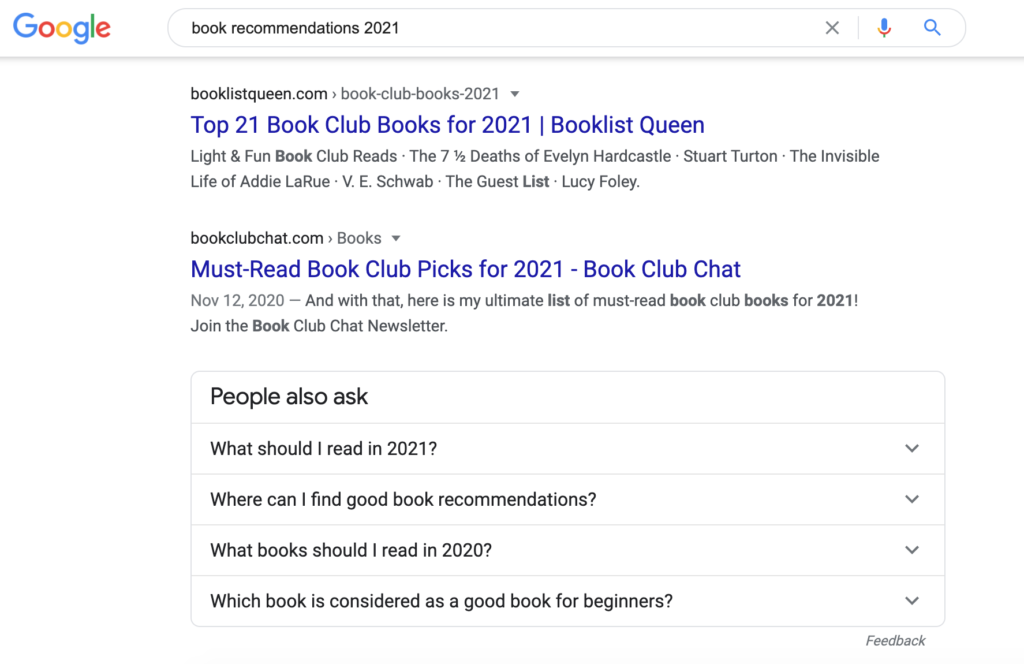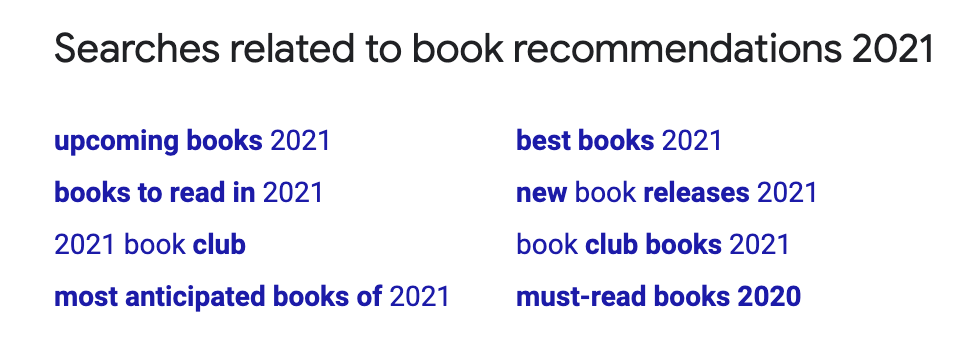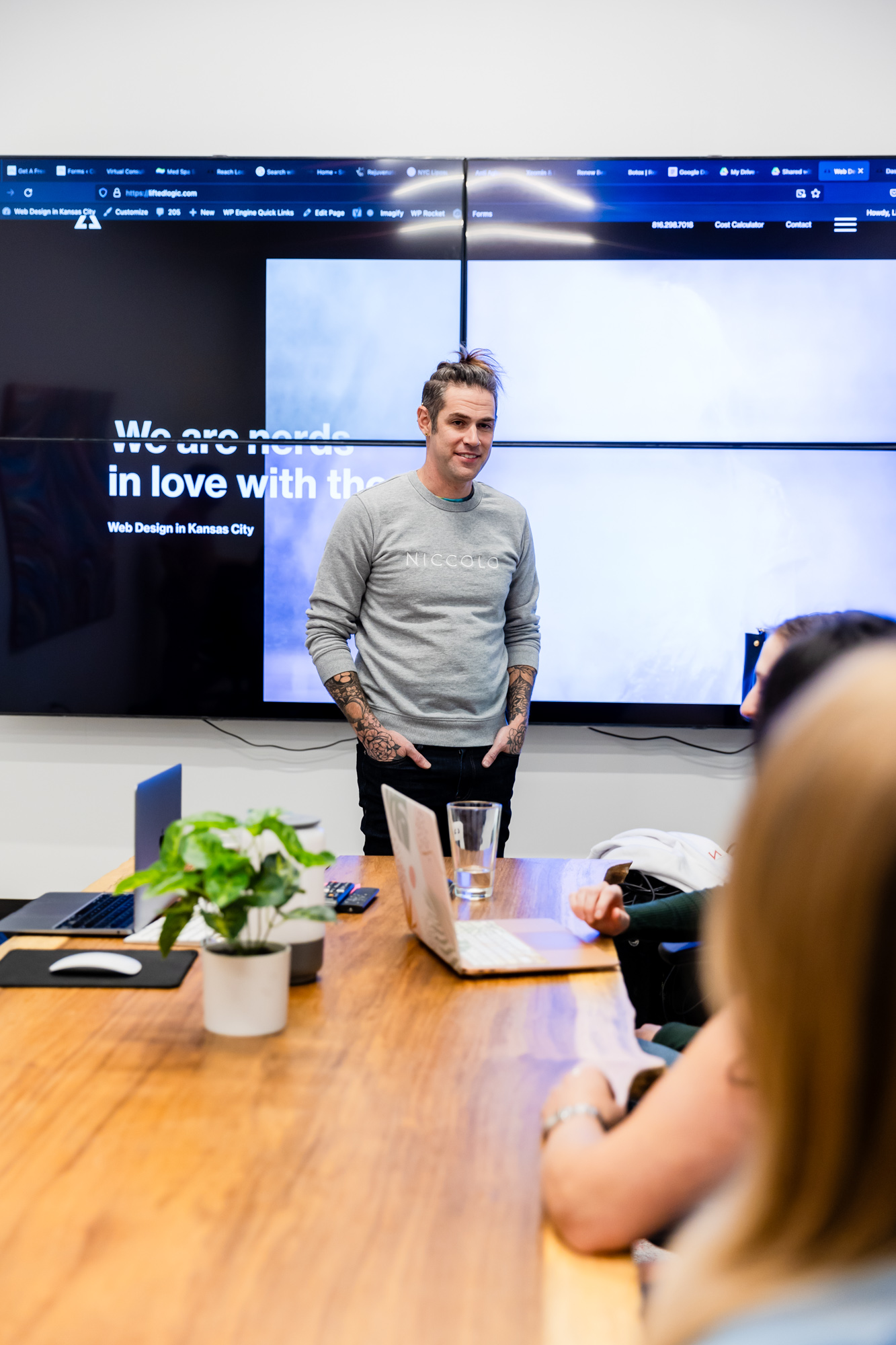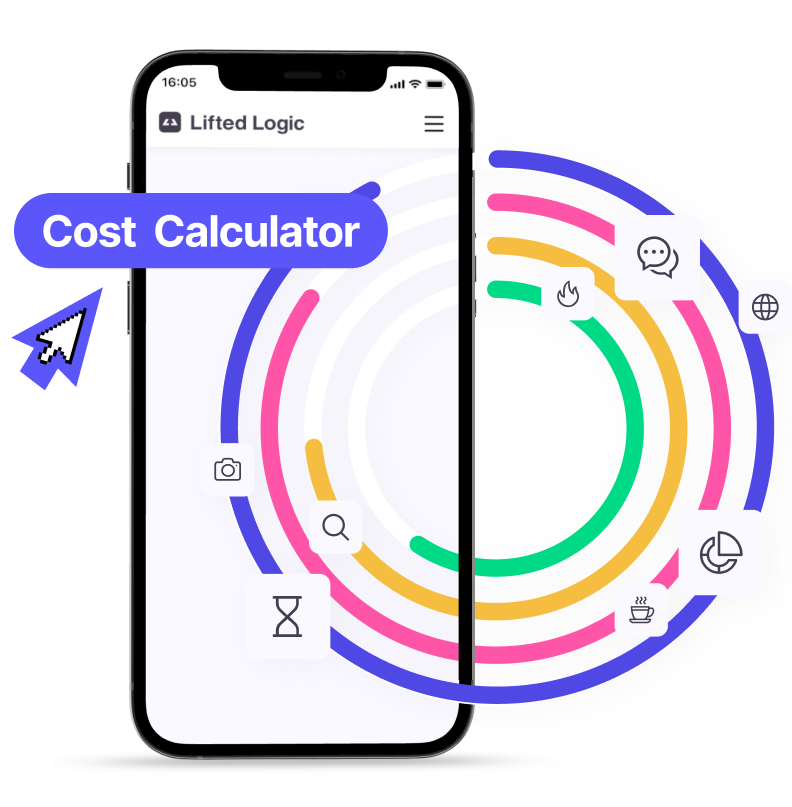So, you’ve started writing website content for your business because you’re looking to increase your online presence. That’s amazing! In 2021, it’s increasingly important to have a website for your business that generates new leads and helps people understand who you are and what you’re all about.
But where do you start when writing your web content? Our biggest tip: think like a user.
You’re the expert in your business, but your website’s users are not.
Thinking like a user requires an understanding of user intent and the basic ideas that come with it. Today we’re going to discuss some basic information and helpful tips and tricks to get you in a user’s perspective as you’re writing. This can increase leads, conversions, and so much more for your business. Let’s get started!
What is user intent?
Simply put, user intent (also known as audience intent or search intent) is the purpose of someone’s online search query. We can figure out user intent by paying attention to what a person types into a search engine like Google.
User intent could be seeking information on a news event, shopping for a specific item, researching a place to travel, etc. What are they intending to get from their search? User intent the reason they are searching for something.
The following is an example of different types of user intent using similar base keywords. Notice the difference between keyphrase options, user intent, and anticipated result of each. This example is based on keyphrases related to “web developer.”
| Keyphrase | User Intent | Anticipated Result |
| web development services | service experience | commercial | service page |
| web developer | find a job | informational | job listings |
| web developers in Kansas City | view a comprehensive list | informational | directory site |
| web development | find courses/classes | informational | directory site |
| web developer near me | Identify a local service provider | commercial | home page |
| how to develop a website | coding tutorial | informational | resource library |
You may have also noticed the subtle grammatical differences in each keyphrase. Users will change their language to reflect what type of results they’re searching for—whether they realize it or not!
If they’re seeking out informative sources, they might include “how to.” If they are searching for the topic and not a person in that position, “web developer” changes to “web development.”
Why is user intent important?
Businesses can understand *vital* information about their target audience by understanding user intent. If you can think like a user and predict what people are searching for that’s related to your business, you can increase your organic search traffic.
Organic search traffic should be one of the largest segments of your website’s total traffic. The best part? It drives new users to your site without paid ads. When a user finds you organically, chances are your business aligns with what the user’s intent, creating valuable leads and potential conversions for your site.
How do you understand user intent?
Ok great, you now understand what user intent is and why it’s important. It can help provide more organic search traffic and quality leads to your site. But how do you think like a user so you can write content that aligns with search intent?
A Quick Rundown of User Intent Types
You first should understand the basic user intent types. There are 4 types:
Informational
Users are seeking information on a given topic. This is probably the most broad category. Some examples could be “how to make cheesecake” or “history of the Industrial Revolution.” The intent is to browse and find information that helps them learn something about the topic.
Navigational
Users are searching to find a specific website. They may not know the URL to a site and perform a search for it instead. Users might search “Gmail” to get to their Google email page or “Twitter” to get to the social networking site.
Transactional
Users are shopping and purchasing products on the web. Usually this is the name and/or description of the product they’re looking to purchase, like “Dyson vacuum” and may also include the store where they intend to purchase from.
Commercial
Users are conducting research before making a purchase, such as researching for reviews on home furniture. They are not yet ready to make a transaction.
Figure out which type of user intent your audience generally falls under. If you own an E-commerce site, the user intent is probably a mix of transactional and commercial. This is one of the main perspectives to keep in mind when writing your site’s content gauged for user intent!
Put yourself in their shoes.
You’re an expert on your business and topics that relate to it. But you cannot assume that your users are. Step outside of your comfort zone and ask yourself these types of questions to get a feel for user intent:
- Are people searching for a solution to a problem? What problems do people have that your business can fix or resolve?
- Ask your staff for a list of frequent customer questions. This is a huge resource for information that can guide your direction for writing site content.
- Are there gaps in understanding that would make users feel more informed and empowered to purchase your product or service? For example, if you own a custom framing shop, do people understand the factors that go into the cost of custom framing? Many people are deterred by pricing that they don’t understand. By being transparent and educational, you can make customers feel more confident and comfortable about prices for your product or service.
- What related things would your users be interested in? Good web content is informative and helpful, and you want to be both to your users. If there are related products or services that have similar keyphrases, you could use this to boost your SEO. (Say you’re optimizing for the words energy efficient appliances in Kansas City. You may write a page titled energy efficient appliances in Kansas City and showcase your inventory with this feature. You can suggest something else to them in your content that uses parts of this key phrase as well, such as energy efficient home items in Kansas City.)
- What other words would people search for that relate to your business that don’t include your business name? Try thinking of the product or service they are looking for (laser hair reduction) – or better yet, the challenge they are experiencing (professional hair removal).
Perform your own research in the mindset of a user.
Google is a valuable tool for your users AND for your business wanting to capture those users!
Perform some searches while thinking like a user and pay attention to the types of results that rank on the SERP (search engine results page). Are they your competitors? Is it a random blog that doesn’t know what it’s talking about? Could you write way better information on this topic?
Find out questions users have on the topic and other words people use to search for it.
Google has two features on its SERP that are super useful. One of them shows you related questions that people are asking about the search query.
Notice the People also ask section below my search query book recommendations 2021. These are things to notice for how you can mold your content to answer these questions. If you’re an expert on the topic, chances are you can provide valuable content for this information and drive organic traffic to your site too!

You can also scroll to the bottom of the SERP and see what other types of words people are using related to searching the topic.

This is a great brainstorming technique to help you identify words and phrases users may be searching for that you haven’t thought of for any given topic!
Step away and come back to it.
It’s hard to self-edit and think of someone else’s perspective at the same time. You should be thinking about user intent while you write, but if you’ve been plugging away at writing content for hours, step away from it for an hour or more before you come back to edit.
This gives your brain a break and you can pivot to a user’s perspective when you go to edit your work. When you go into edit mode, try to be as unbiased as you can be; it’s tough to not be biased towards your own work, but practice helps!
If there’s a phrase you really love but it wouldn’t be in most users’ vocabulary, nix it. Is there an area that needs further clarification for people unfamiliar with the topic? Expand on it. Look for missing info and take out unnecessary words, phrases, and sentences. Being concise is never a bad thing!
Have someone unfamiliar with the topic read through your work.
This is a great way to test the waters and see if your content is written in a way that’s understandable to most users. Another set of eyes can find errors and gaps that you may not see as the primary writer.
How to Optimize for Search Intent
This is where SEO (search engine optimization) comes into play. The best website content is both informative and ranks on search engines by using keywords and keyphrases that users are searching for. This helps people find you more easily.
Some basic tips to optimize your writing content for search intent:
- Do keyword research. Google is a great resource for this! Google Keyword Planner is another great tool to help you find frequently searched words and phrases.
- Only optimize for keywords and keyphrases that are related to your content.
- Choose one main keyphrase to optimize for and sprinkle in other keywords and phrases throughout.
- Keep it natural! If the words don’t flow well with your content, take them out.
- Above all, do your best to understand user intent and actively write for it in your content.
Quick, Easy-to-Follow SEO Checklist →
The Ultimate Guide to Search Engine Optimization →
Lifted Logic | Free Web Writing Workshops
Are you new to topics like user intent, SEO, and writing web content for your business? Lifted Logic offers free SEO blog training workshops for businesses wanting to up their game to increase site traffic.
Contact us today to schedule a one-hour training session with our SEO and content experts. We work with all types of businesses and understand the fundamental concepts that apply to everyone, no matter your industry. Reach out to us today!





